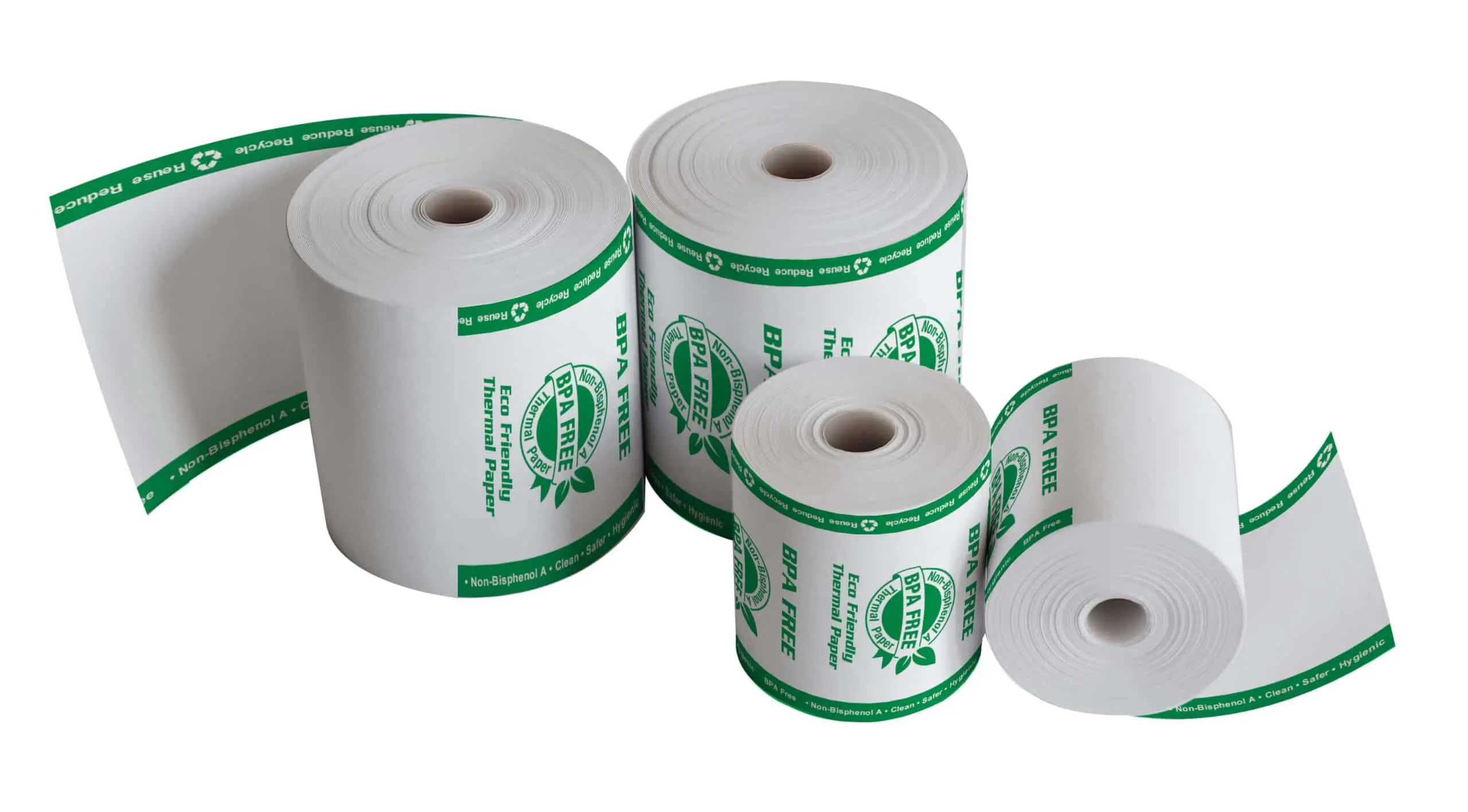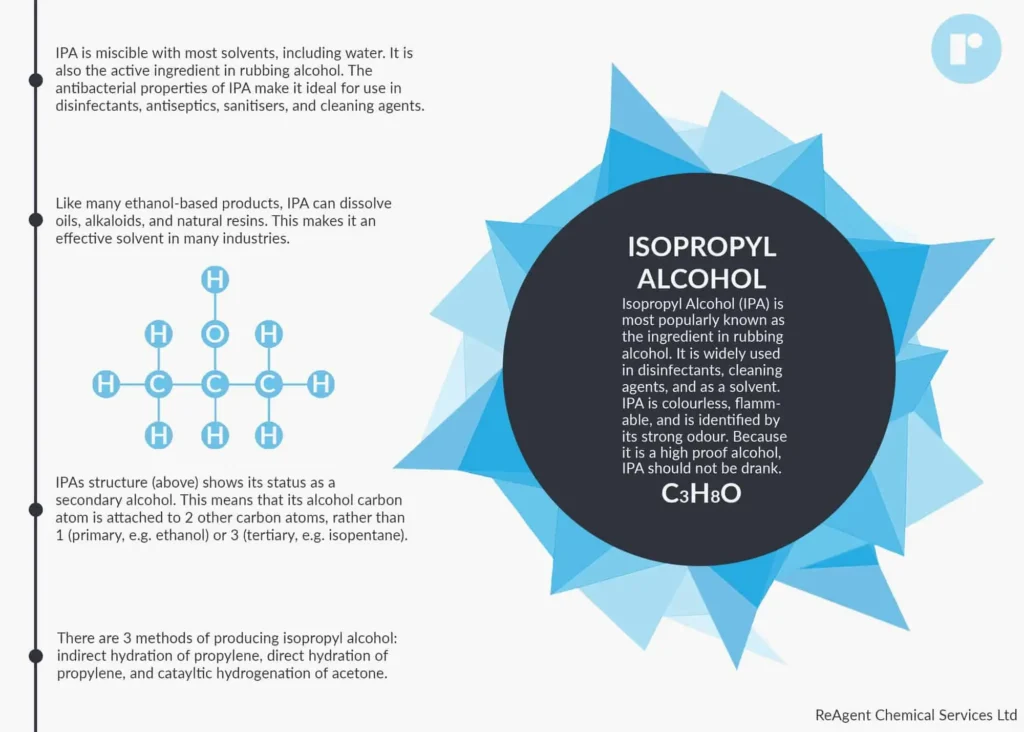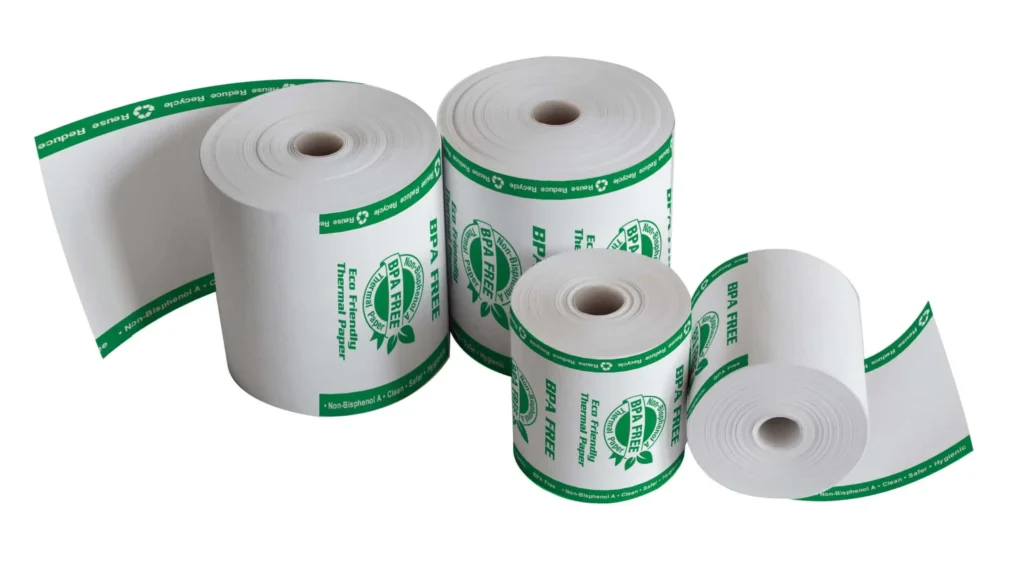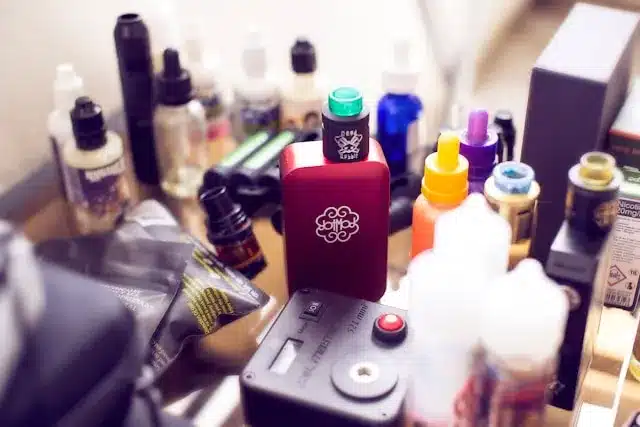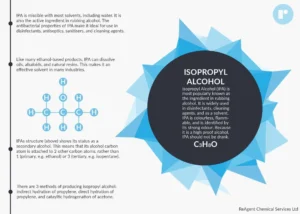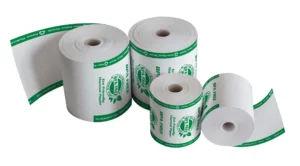In today’s digital age, where screens dominate our interactions, paper might seem like a relic of the past. However, paper is still very much in use, particularly in industries where printing receipts, tickets, and labels are common. Thermal paper, in particular, plays a significant role in these applications due to its ease of use and cost-effectiveness. But lurking beneath its convenience is a potential health concern: Bisphenol A (BPA). In this blog, we’ll delve into what thermal paper is, its uses, and the controversy surrounding BPA.
What is thermal paper?
Thermal paper is a type of paper that is coated with a special heat-sensitive material. When exposed to heat, usually from a thermal printer, this coating reacts and produces an image. Unlike traditional printing methods that use ink or toner, thermal printing doesn’t require any ribbons, cartridges, or toners. This makes thermal printers simpler, quieter, and more reliable for certain applications.
How does it differ from regular paper?
Thermal Paper has many additions to regular paper, it consists of three layers which includes
1. regular paper as substrate
2. Base layer made with alkaline salts, gelatin and starch.
3. Top Active layer has chemical coating which includes Bisphenol A (BPA) as developer
How printing is done on thermal paper?
Print appears on the thermal paper as a reaction to heat on the chemical coating of the thermal paper.
Uses of Thermal Paper:
Thermal paper finds widespread use in various industries due to its convenience and cost-effectiveness. Some common applications include:
- Point-of-Sale (POS) Systems: Thermal paper is extensively used in cash registers and credit card terminals for printing receipts.
- Label Printing: In industries like logistics, retail, and healthcare, thermal printers are used to produce labels for shipping, inventory management, and patient identification.
- Ticketing: Thermal paper is used in ticketing machines for printing tickets for public transportation, events, and parking.
- Medical Recording: In hospitals and clinics, thermal paper is used in medical devices for recording data such as fetal monitoring strips and ECG reports.
Is it safe to use thermal paper?
The fear behind using thermal paper is due to the presence of the chemical BPA. Though it is well known as an Endocrine Disruptor, exposture to it through thermal paper is not much as a common man. But when the exposture is continuous it may not be safe in the long run this is with regard to people who handle it on the job.
In response to growing concerns about BPA exposure, several measures have been taken to mitigate risks:
- BPA-Free Thermal Paper: Some manufacturers have developed thermal paper formulations that are free from BPA or use alternative chemicals that are deemed safer.
- Protective Measures: Gloves can be provided to individuals who frequently handle thermal paper to reduce direct skin contact.
- Digital Alternatives: Where possible, businesses are encouraged to transition to digital receipts and records, reducing the reliance on thermal paper.
Are there different types of thermal paper?
Yes, there are quiet a few types of thermal paper though it all seams like one.They are usually differentiated on the basis of gsm, image life and sensitivity.
Is it recyclable?
Thermal paper is not recyclable as it contains chemicals coated on it. Though we have discussed about BPA in thermal paper there are several other products which contain BPA, it begins anywhere from baby pacifiers to canned foods. It is wise to keep away from these products to bring down production. Do leave in your comments on thermal paper, you can also add more value to the content with more information.

